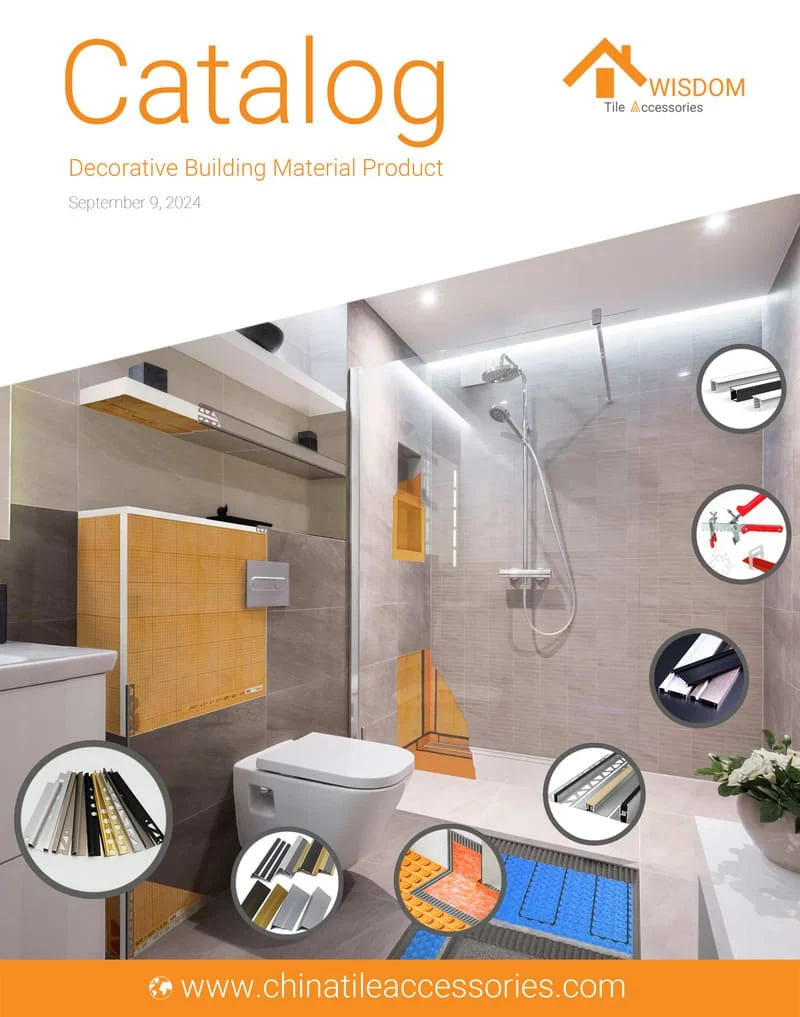The edge treatment of your tiles significantly impacts the overall finish and longevity of your 2025 project. Selecting the appropriate option from the various types of tile trim helps protect your installation and achieve a professional look. This guide simplifies your choices, directing you to the ideal trim to complete your vision.
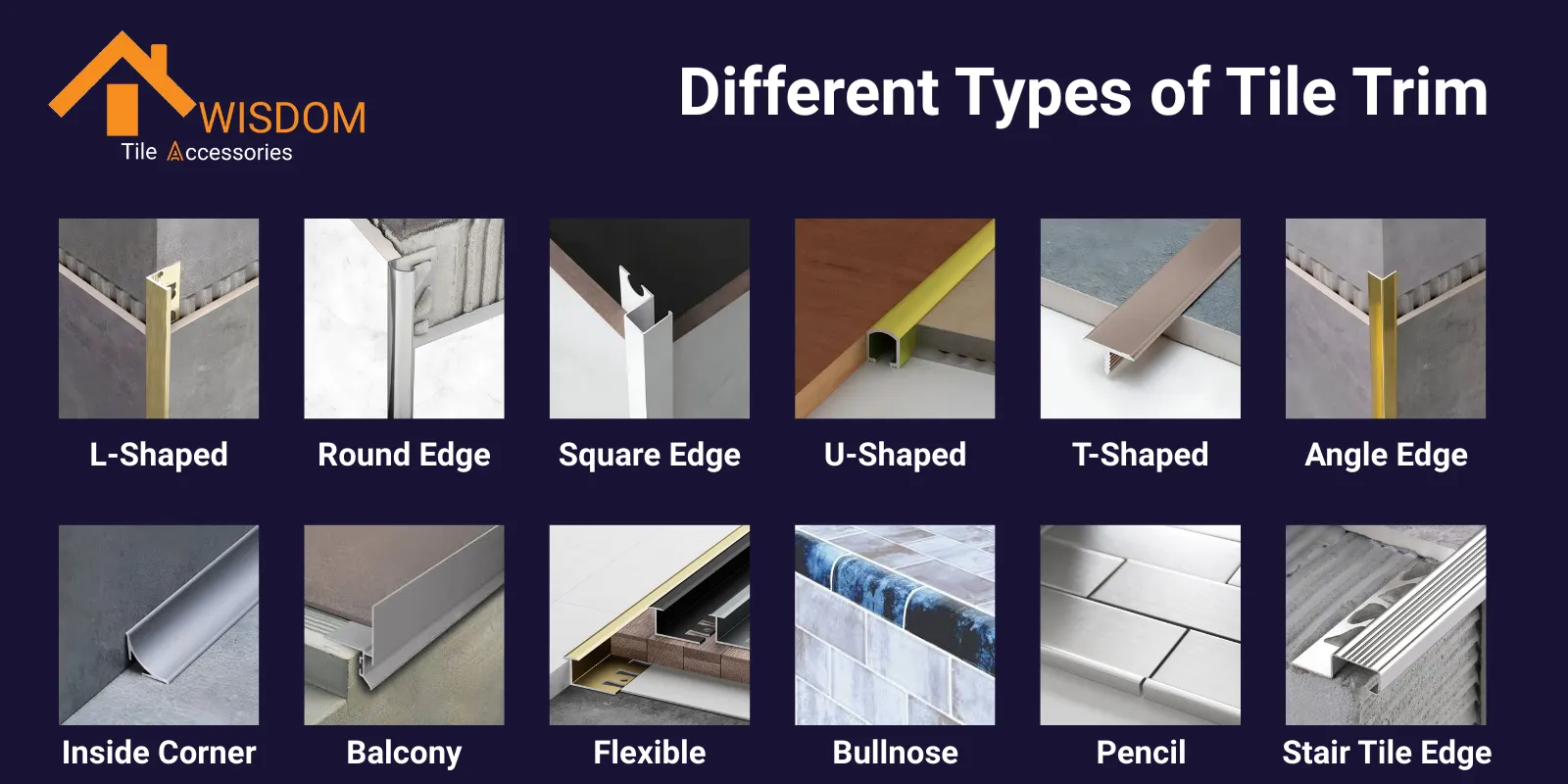
What is Tile Trim
Tile trim refers to a finishing strip or profile, commonly crafted from materials such as metal, plastic, or ceramic. Its primary application is along the exposed edges of tiles to shield them from chipping, deliver a clean, professional appearance, and facilitate smooth transitions between differing surfaces or various tile installations. For your 2025 projects, consider these twelve distinct types of tile trim outlined below:
1. L-Shaped Tile Trim
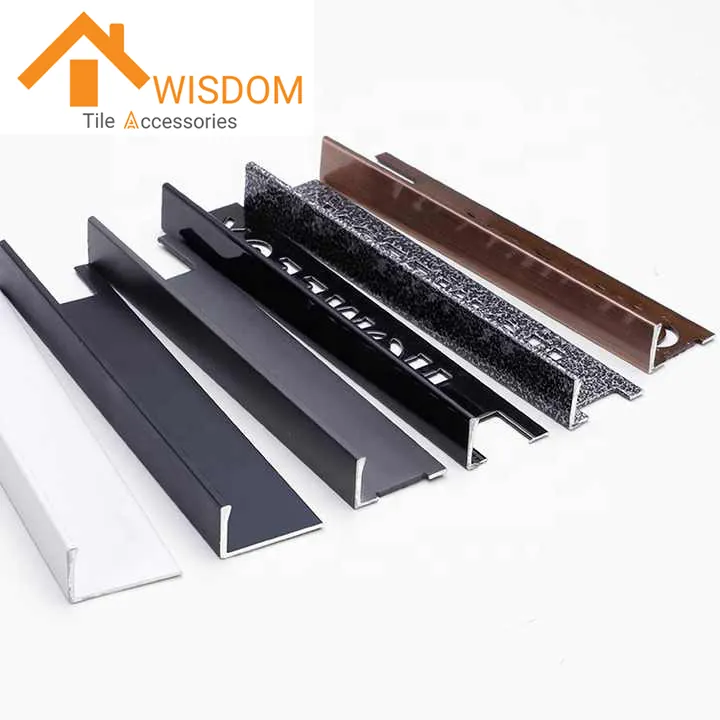
L-Shaped Tile Trim, occasionally referred to as Straight Edge Tile Trim, is principally used to cover the unglazed edge of a tile, creating a neat, finished appearance. This profile can also be employed as a decorative edge for window reveals or to delineate separate tiled sections.
2. Round Edge Tile Trim
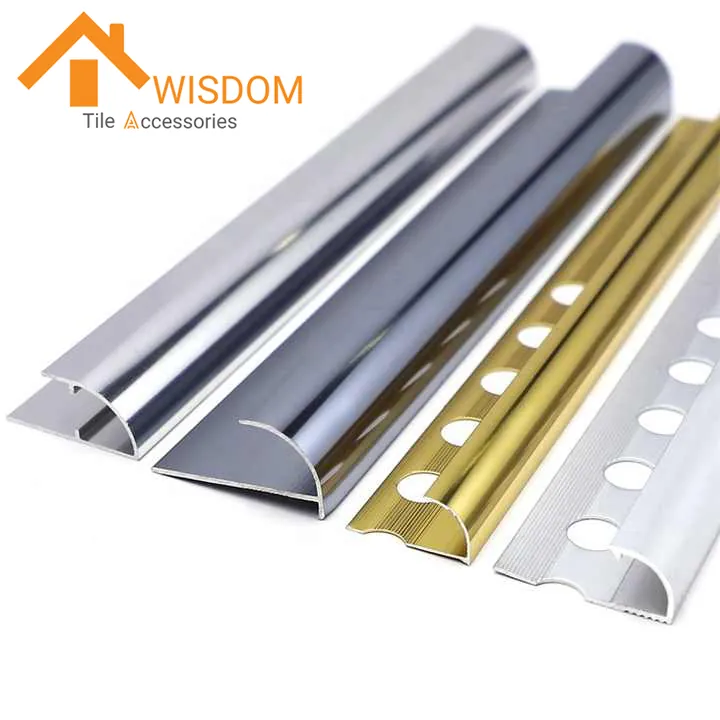
Round Edge Tile Trim, frequently known as bullnose or quadrant trim, features a smooth, curved profile designed to soften the exposed edges of tiles. It is commonly applied to both wall and floor installations, particularly in areas such as bathrooms and kitchens, to create a gentle transition.
3. Square Edge Tile Trim
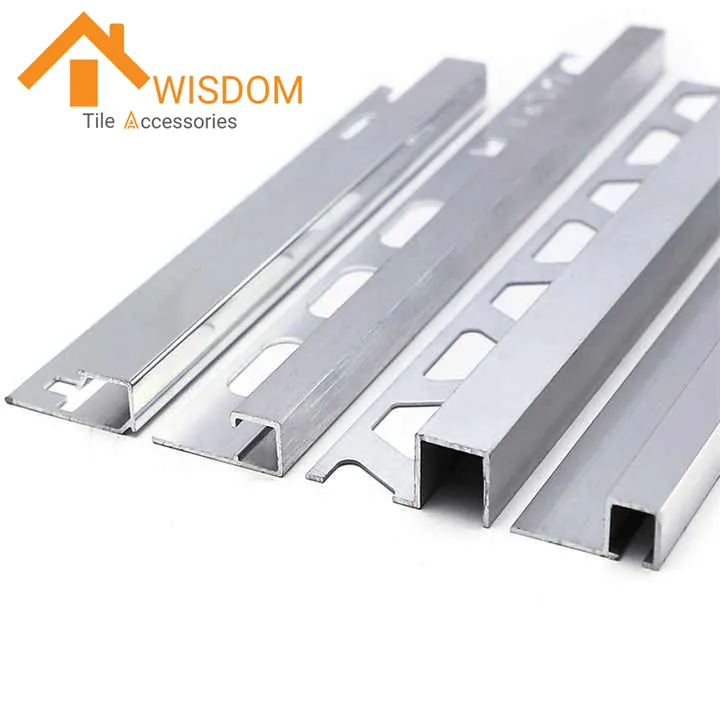
Square Edge Tile Trim is characterized by its box-section profile, serving a dual purpose of protecting tile edges and creating a distinct framing effect. This type of trim features a definitive square shape, enabling a precise right-angle finish at corners and along tile peripheries.
4. U-Shaped Tile Trim

U-Shaped Tile Trim, distinguished by its 'U' channel profile, is primarily utilized at the termination points of tiled surfaces. It is frequently employed to manage transitions between adjacent tiles, particularly on vertical installations like walls, or to cap an exposed tile edge.
5. T-Shaped Tile Trim
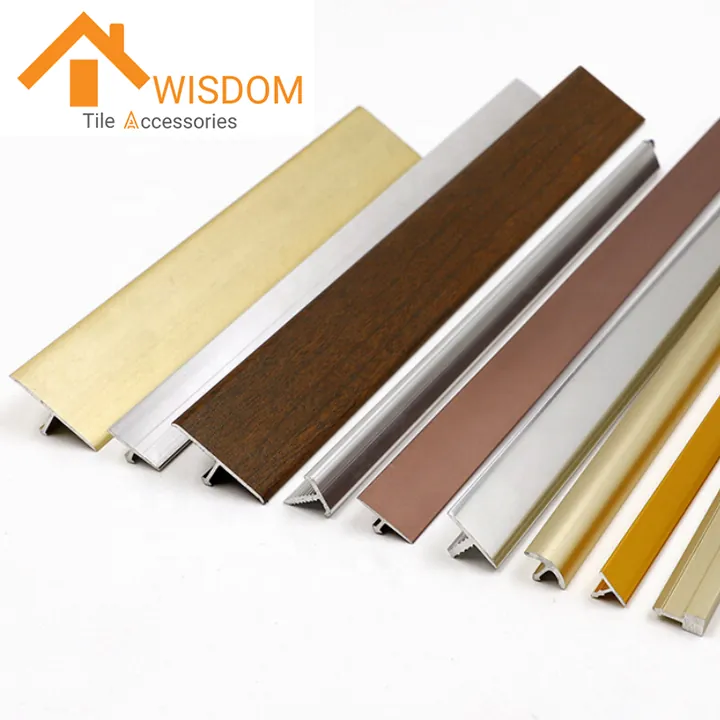
T-Shaped Tile Trim, commonly constructed from metal, features a distinctive T-shaped profile. Its primary function is to act as a transition strip, bridging the gap between two adjacent tile sections or between tiles and different flooring materials, while also offering protection to the tile edges.
6. Angle Edge Tile Trim
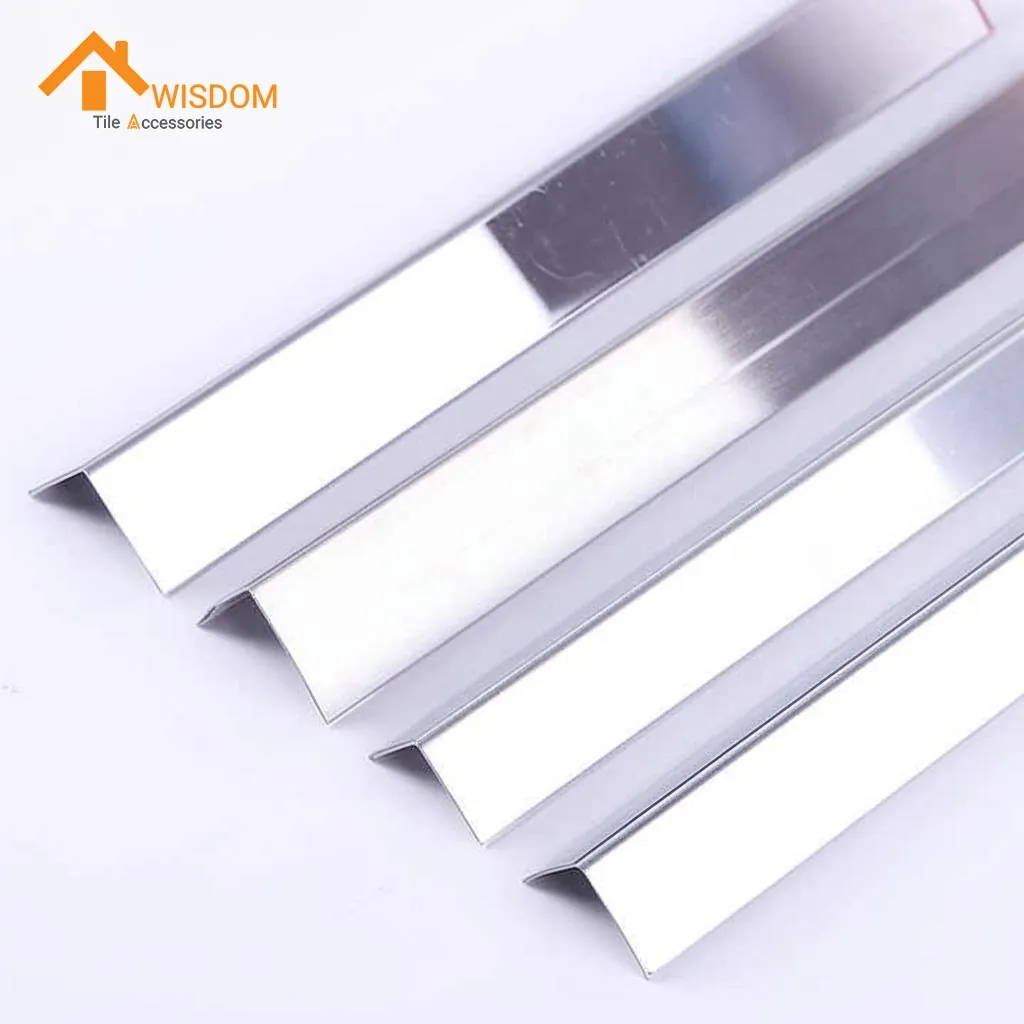
Angle Edge Tile Trim is a decorative finishing profile specifically designed to protect and enhance the appearance of tile edges, particularly at external corners. It is frequently applied on stair nosings, bath surrounds, window sills, and the vertical corners of tiled walls, available in materials like metal or PVC.
7. Inside Corner Tile Trim
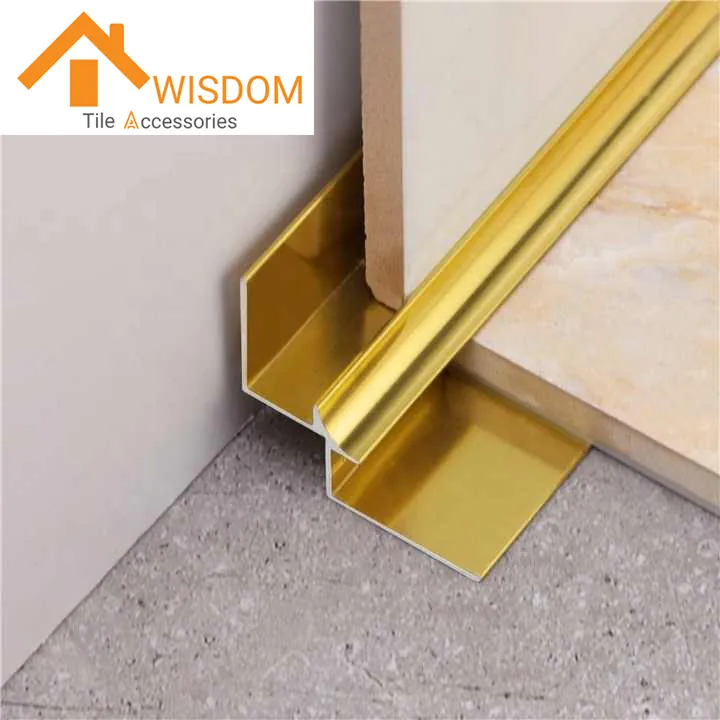
Inside Corner Tile Trim is engineered to neatly finish the internal junctions where two tiled surfaces converge, delivering a professional and clean appearance. This trim type is applicable wherever two tiled planes meet, such as on kitchen countertops, in bathroom installations, or within wet room areas.
8. Balcony Tile Trim
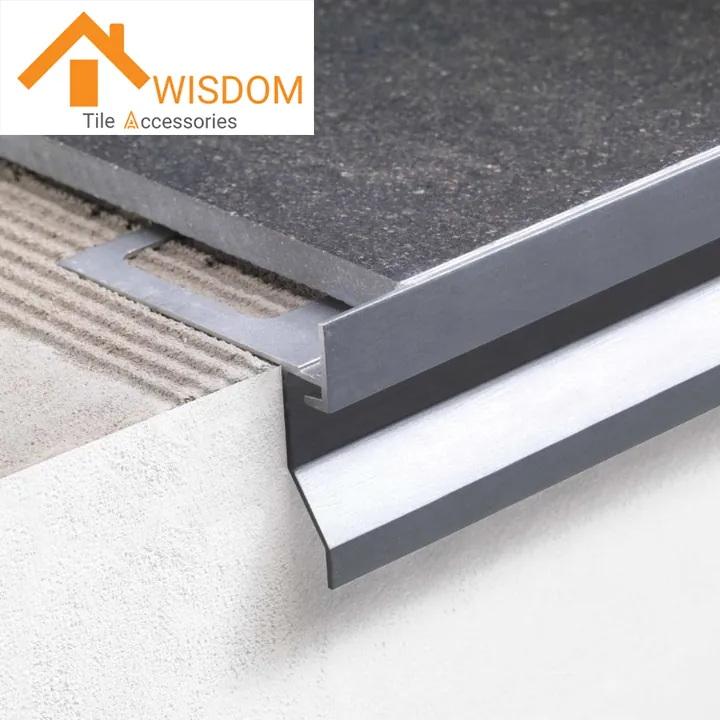
Balcony Tile Trim is a specialized finishing component applied to the exposed edges of tiled balconies. Its purpose is to safeguard against water ingress, enhance the visual finish, and mitigate issues such as efflorescence. Typically made from aluminum or other metals, it often incorporates features like weep holes for effective water drainage.
9. Flexible Tile Trim
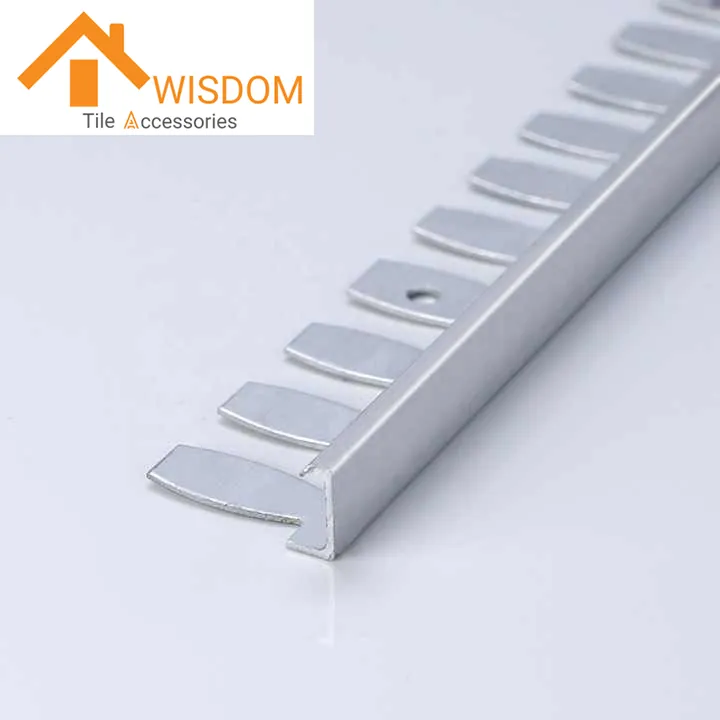
Flexible Tile Trim, also identified as formable tile trim, is a metal profile engineered for adaptability. It can be bent and shaped to conform to curved or rounded edges within tile installations, proving particularly useful for finishing and protecting tile perimeters where standard straight profiles are unsuitable, such as around showers, arches, or columns.
10. Bullnose Tile Trim
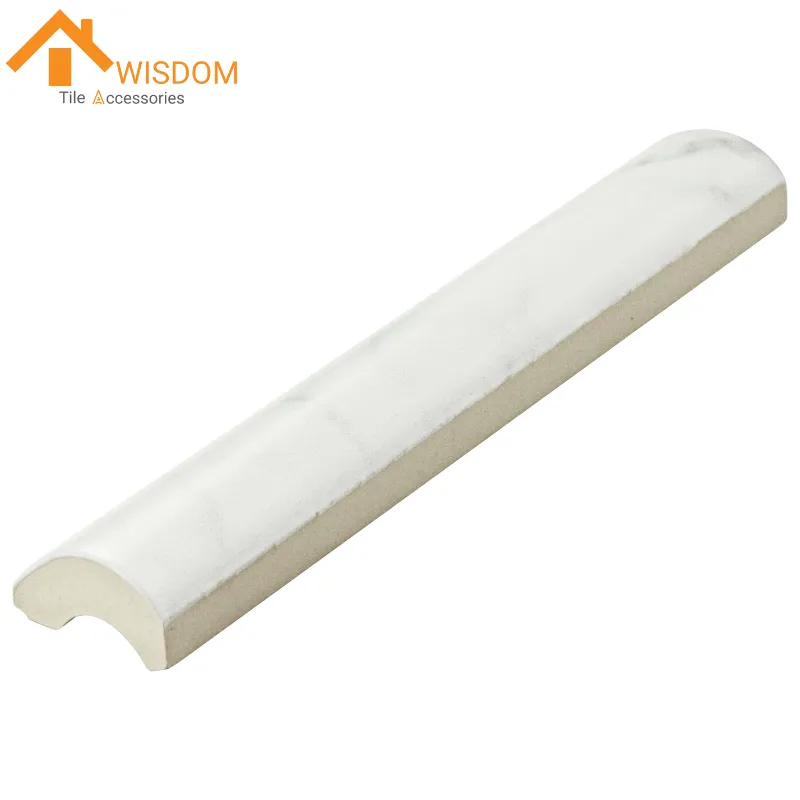
Bullnose Tile Trim is employed to create a smooth, rounded edge on tiles, frequently utilized for a refined finish at corners or where tile installations abut other surfaces. Its distinguishing feature is a convex, rounded profile that provides a soft transition and protects tile edges from chipping or impact.
11. Pencil Tile Trim
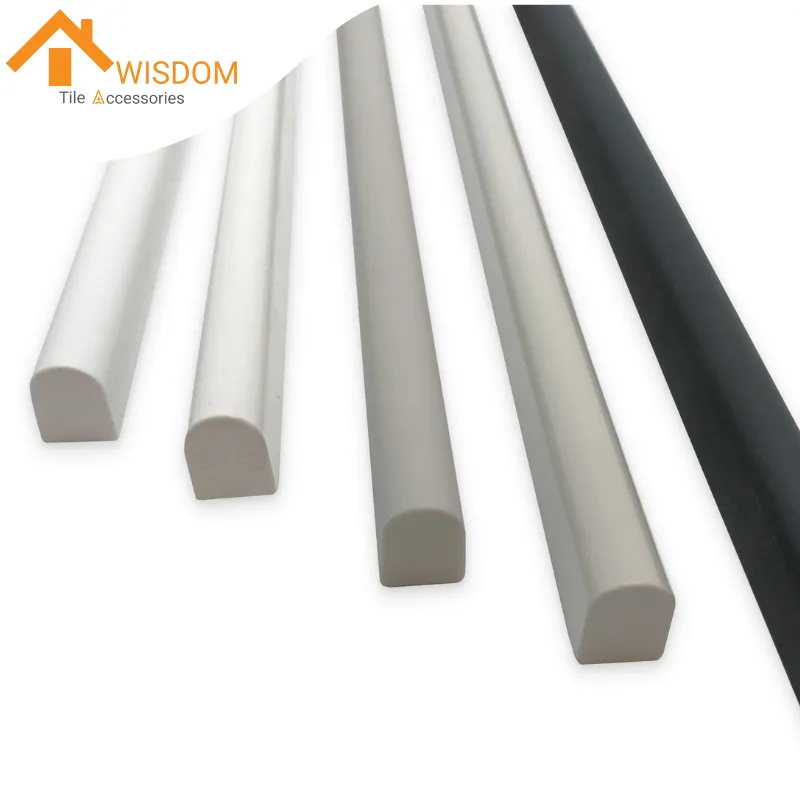
Pencil Tile Trim is a slender, often cylindrical or semi-cylindrical, edging piece used to complete the perimeters of a tile installation. It can establish a smooth transition between different tile types, frame a decorative feature, or simply provide a neat edge. This raised trim is available in various materials and colors, adding a decorative element while protecting tile edges from wear.
12. Stair Tile Edge Trim
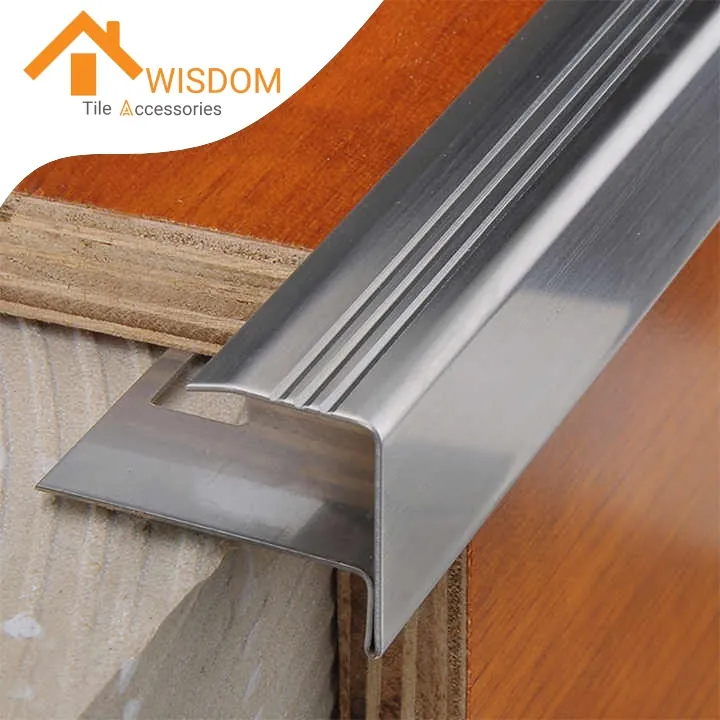
Stair Tile Edge Trim, also referred to as stair nosing or step nosing, is a profile installed along the leading edge of tiled stair treads and, sometimes, risers. It fulfills both aesthetic and functional roles by enhancing the staircase's appearance, protecting the tile edges from wear and damage, and improving step visibility and safety, aligning with building safety standards.
Which Material is Best for Tile Trim?
Aluminum Tile Trim
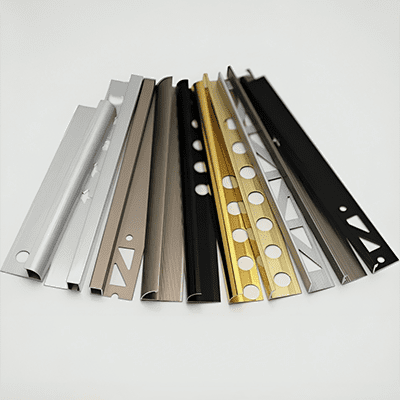
Aluminum, as a material for tile trim, offers a notable combination of being lightweight and possessing good structural integrity. This aluminum alloy construction allows for easy handling and installation while providing reliable edge protection, commonly seen in a multitude of finishes for diverse design needs.
Stainless Steel Tile Trim
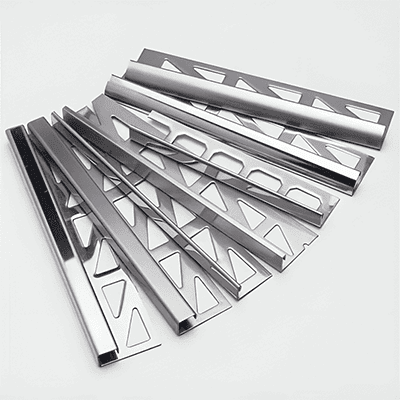
Stainless steel is selected for tile trim primarily for its exceptional durability and superior resistance to corrosion and staining. Its inherent strength makes it ideal for high-traffic or demanding environments, maintaining a hygienic and polished appearance over extended periods, often favored in commercial and modern residential settings.
Brass Tile Trim
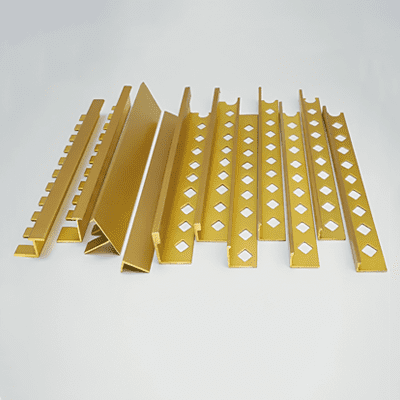
Brass tile trim stands out for its distinctive warm, golden aesthetic and its capacity to develop a unique patina over time, adding character to installations. This alloy of copper and zinc lends a sense of luxury and traditional elegance, often utilized as a premium decorative element.
PVC Tile Trim

Polyvinyl chloride (PVC) is a synthetic plastic polymer utilized for tile trim due to its inherent water resistance and flexibility. As a material, PVC provides a practical and often budget-friendly solution, particularly favored in areas with high moisture levels or where a non-metallic finish is desired.
Awisdom Tile Accessories: Engineered Trim Solutions, Direct from the Source.
As a dedicated manufacturer and supplier of tile trim based in China, Awisdom Tile Accessories offers direct access to engineered solutions with significant cost advantages. Benefit from our factory-direct model, duty-free options, and comprehensive DDP (Delivered Duty Paid) services, ensuring transparent procurement and efficient delivery for your global projects. Discover the Awisdom advantage. Request your factory-direct quotation today.
Frequently Asked Questions (FAQ)
Q: Can tile trim be installed if the tiles are already in place?
A: Generally, most tile trim profiles are designed to be installed simultaneously with the tiles, as they often sit underneath the tile edge. Retrofitting trim can be challenging and may require specialized types or more complex installation methods.
Q: How do I determine the correct depth or size for my tile trim?
A: The trim depth should typically match the thickness of your tile. For example, if your tile is 10mm thick, you would select a 10mm deep trim. Always check the manufacturer's specifications for both the tile and the trim.
Q: For a bathroom or wet room, is metal or PVC tile trim more suitable?
A: Both can be suitable. Stainless steel and PVC are excellent for wet areas due to their corrosion and water resistance. Aluminum is also usable but ensure it has an appropriate protective finish for humid environments. Brass may require more maintenance to prevent tarnishing.
Q: What is the primary difference between L-shaped and Square edge tile trim in application?
A: L-shaped trim provides a clean, straight edge finish, often covering the unglazed side of a tile. Square edge trim offers a more defined, boxy look, creating a distinct frame and a sharp right-angle finish, often preferred for a contemporary aesthetic.
Q: Are there tile trims specifically designed for outdoor use?
A: Yes, materials like stainless steel, suitably finished aluminum, and some robust PVC profiles are designed for outdoor applications. Balcony tile trim, for instance, often incorporates features like weep holes for exterior use. Always verify the trim's suitability for outdoor exposure with the manufacturer.


